Welcome to The Zone! This article is Part 14 in the GardenTabs Zone Series, where we look at all USDA Plant Hardiness Zones and recommend the top 17 plants for your region.
Zone 7b
USDA Zone 7b is distinguished by its minimum winter temperatures that typically fall between 5 to 10 °F (-15 to -12.2 °C).
Within the United States, this zone includes portions of states such as Texas, New Mexico, Arkansas, Mississippi, Alabama, Georgia, and reaches up to parts of Delaware and New Jersey.
On the global stage, zone 7b includes regions within the Canadian province of British Columbia.
In Europe, this zone is present in countries including France, Italy, and parts of the United Kingdom. Certain regions of China also align with this zone.
These regions are characterized by mild winters, warm to hot summers, and a growing season that typically lasts from spring to fall.
Here are 17 of the Best Plants to Grow in Zone 7b
Roses (Rosa spp.)
Roses (Rosa spp.): Roses are timeless and beloved for their captivating beauty and fragrance. With countless varieties, including hybrid teas, floribundas, and climbers, roses bring elegance and charm to Zone 7b gardens.
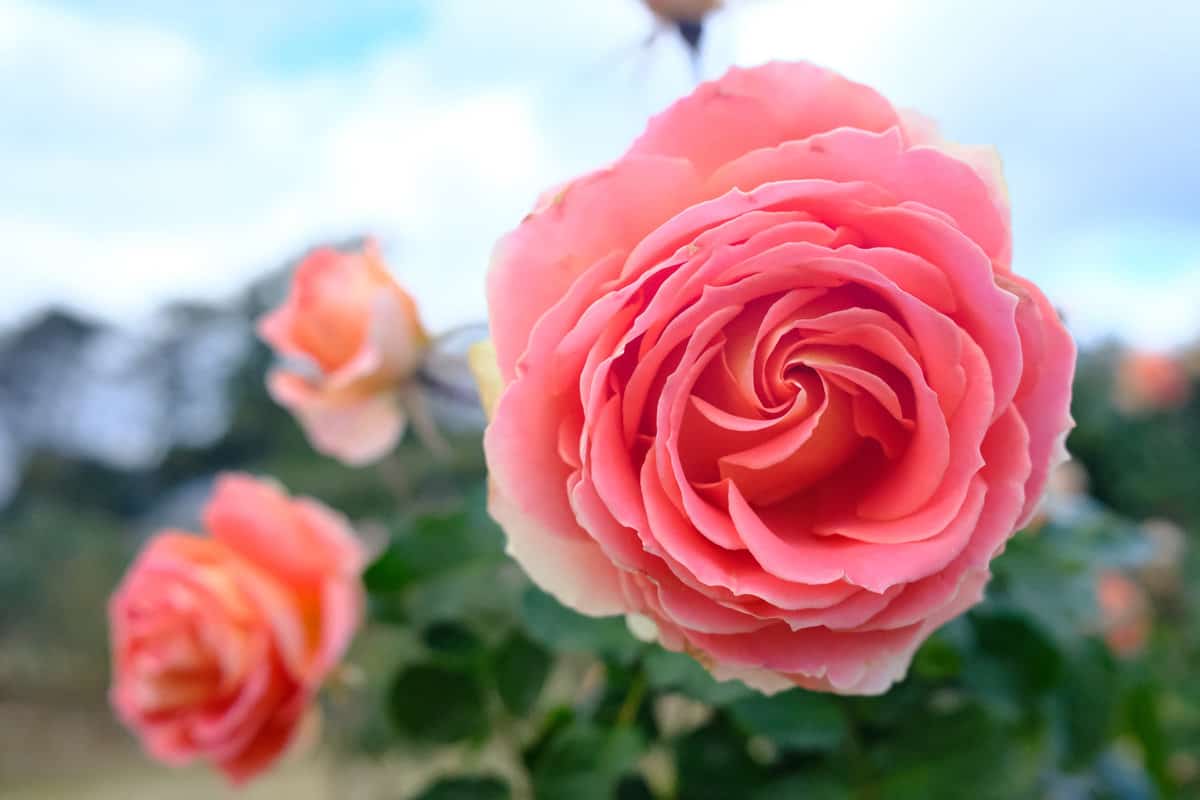
They can tolerate temperatures as low as 5 °F (-15 °C) and require ample sunlight and well-drained soil.
Lavender (Lavandula spp.)
Lavender is a fragrant perennial herb that thrives in the sunny and dry conditions of Zone 7b. With its aromatic foliage and beautiful purple flowers, lavender adds a touch of serenity to any garden.

It can tolerate temperatures as low as 5 °F (-15 °C) and prefers well-drained soil and full sun.
Salvia (Salvia spp.)
Salvias are versatile perennials in various vibrant colors, including blue, purple, red, and pink. Their tall flower spikes bring vertical interest and attract pollinators to the garden.
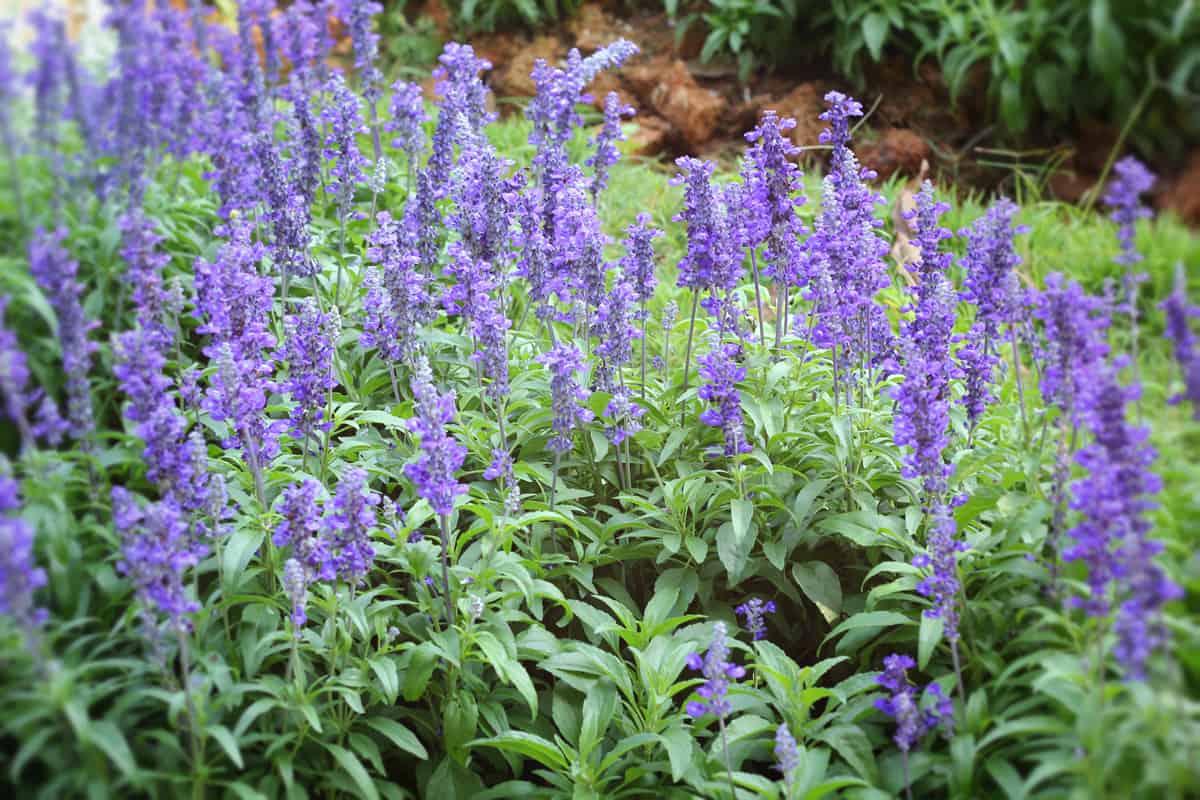
Salvias can tolerate temperatures as low as 5 °F (-15 °C) and prefer full sun and well-drained soil.
Read more about pollinators here: 25 Fabulous Pollinator-Friendly Perennials
Butterfly Bush (Buddleja davidii)
Butterfly Bush is a butterfly magnet with fragrant flowers that attract many pollinators.
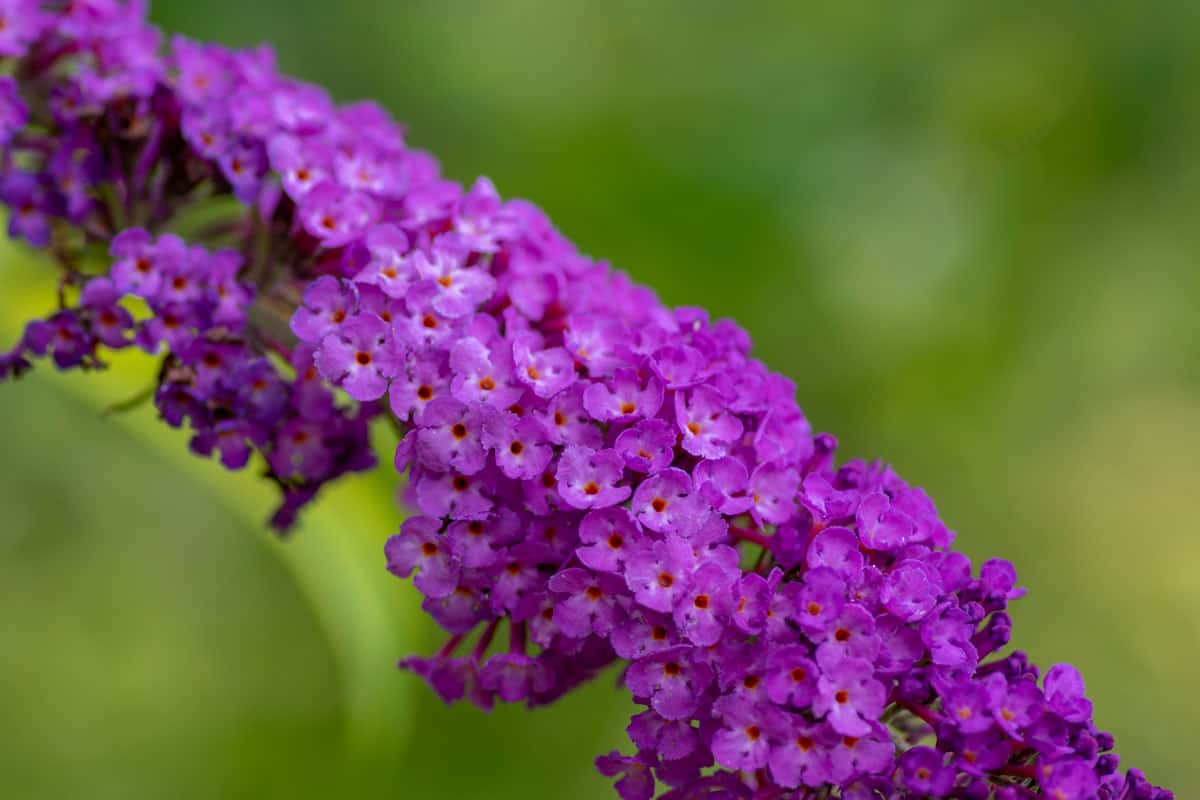
It blooms in shades of purple, pink, white, and yellow, adding color to Zone 7b gardens. Butterfly Bush can tolerate temperatures as low as 5 °F (-15 °C) and prefers full sun and well-drained soil.
Japanese Maple (Acer palmatum)
Japanese Maples are prized for their stunning foliage and graceful form. These trees thrive in Zone 7b and can tolerate temperatures as low as 5 °F (-15 °C).

With their vibrant colors and unique leaf shapes, Japanese Maples bring elegance to any landscape.
Crepe Myrtle (Lagerstroemia indica)
Crepe Myrtle is a popular flowering tree that brightens up Zone 7b gardens with its vibrant blooms in shades of pink, purple, white, and red. It blooms in summer and early fall, adding color to the landscape.
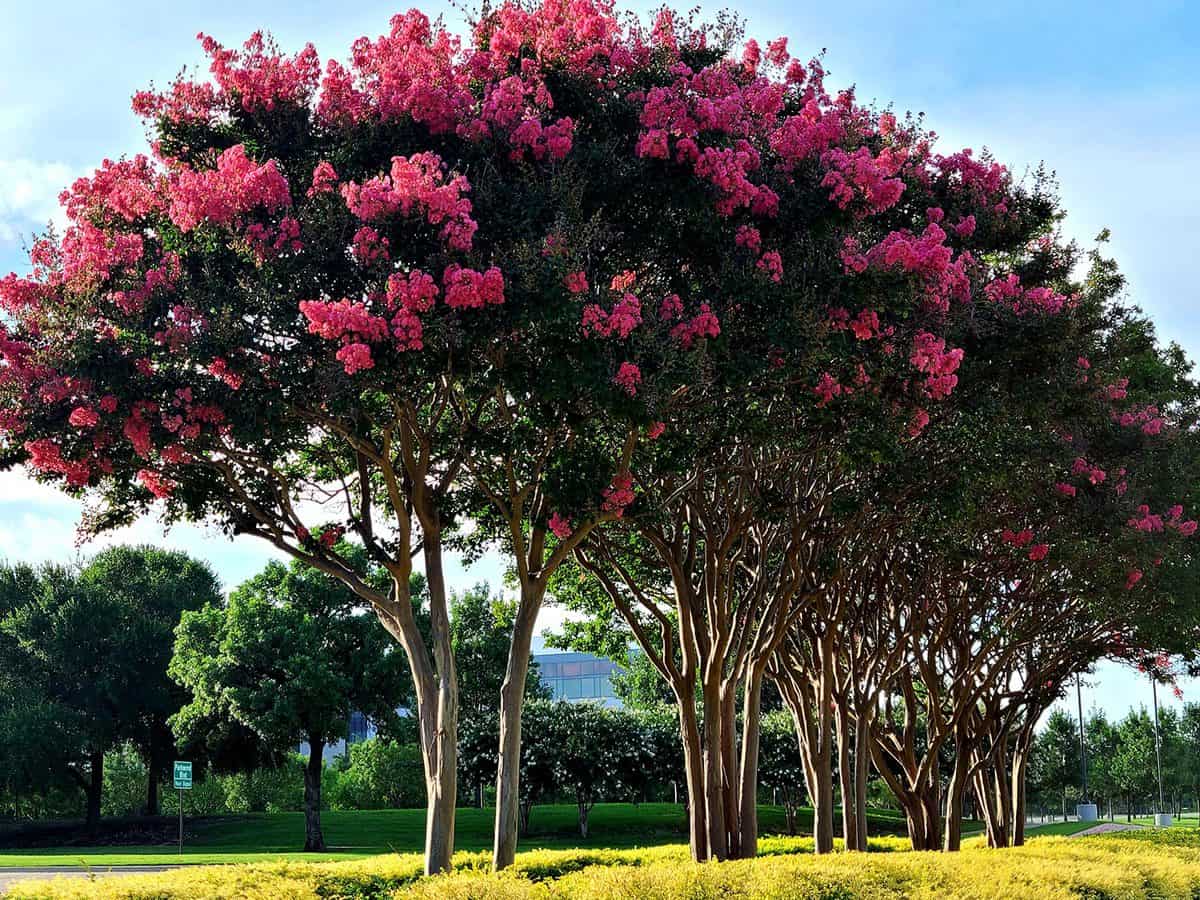
Crepe Myrtle can tolerate temperatures as low as 10 °F (-12.2 °C) and prefers full sun and well-drained soil.
Coneflower (Echinacea spp.)
Coneflowers are hardy perennials that thrive in Zone 7b gardens. Their daisy-like blooms in shades of pink, purple, and white attract pollinators and add a pop of color to the garden.
![A field of Coneflowers at full bloom , Flowers That Look Like Sunflowers [8 Types With Pictures]](https://gardentabs.com/wp-content/uploads/2020/06/A-field-of-coneflowers-at-full-bloom.jpg)
Coneflowers can tolerate temperatures as low as 5 °F (-15 °C) and prefer full sun and well-drained soil.
Ornamental Grasses (Miscanthus spp., Pennisetum spp., etc.)
Ornamental grasses offer texture, movement, and architectural interest to Zone 7b gardens.
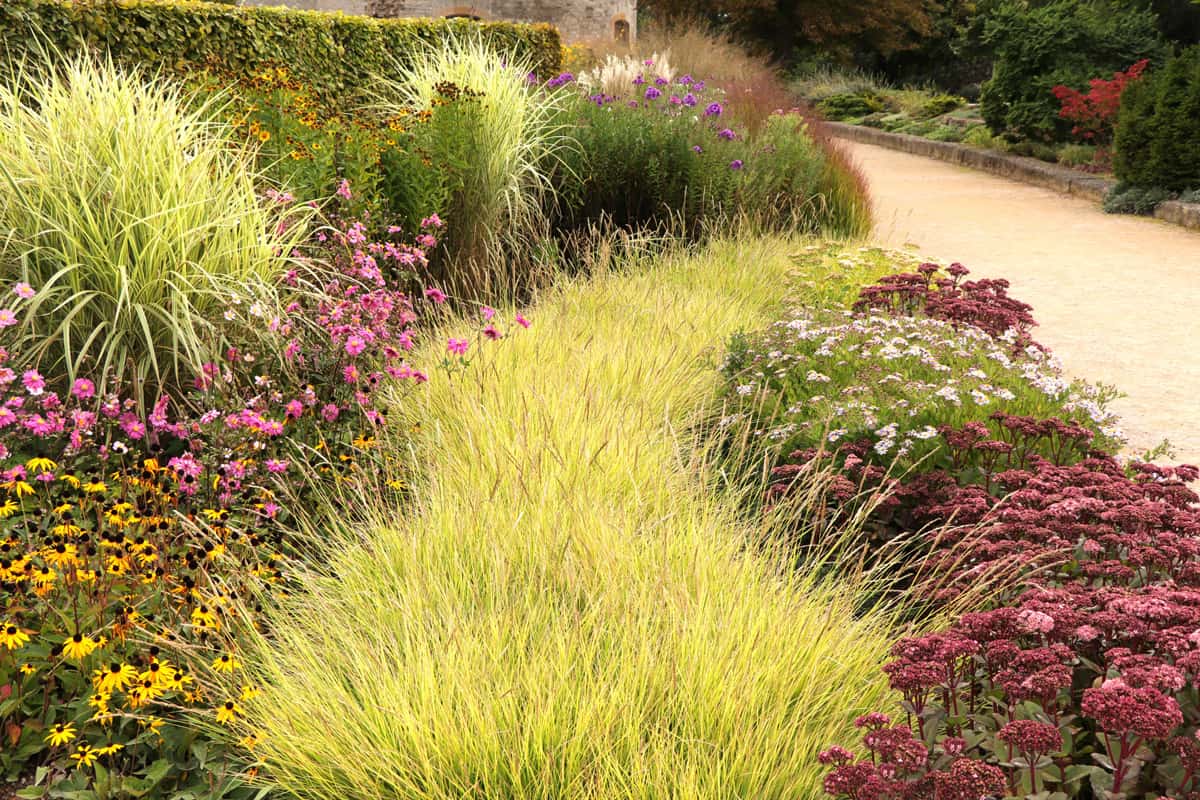
Varieties such as Maiden Grass, Fountain Grass, and Switchgrass are hardy and can tolerate temperatures as low as 5 °F (-15 °C), adding visual appeal throughout the year.
Dianthus (Dianthus spp.)
Dianthus, or pinks or carnations, are delightful perennials known for their fragrant, ruffled flowers in shades of pink, red, and white.
![Colorful Dianthus flower blooming in garden, When To Transplant Dianthus [And How To]](https://gardentabs.com/wp-content/uploads/2022/01/Colorful-Dianthus-flower-blooming-in-garden.jpg)
They are well-suited for Zone 7b gardens, tolerating temperatures as low as 5 °F (-15 °C). Dianthus thrives in full sun and well-drained soil.
Russian Sage (Perovskia atriplicifolia)
Russian Sage is a drought-tolerant perennial that adds a touch of grace to Zone 7b gardens. Its aromatic silver-gray foliage and delicate lavender-blue flowers create an ethereal atmosphere.
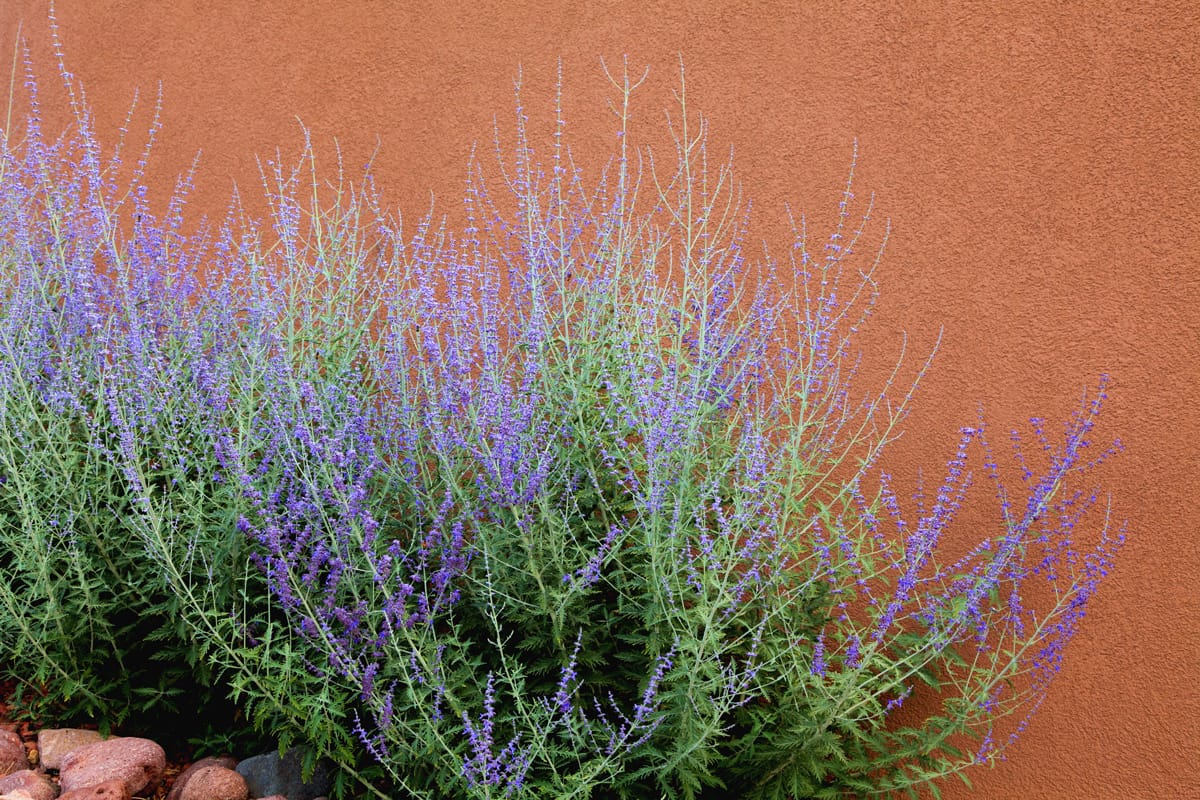
Russian Sage can tolerate temperatures as low as 5 °F (-15 °C) and prefers full sun and well-drained soil.
Shasta Daisy (Leucanthemum x superbum)
Shasta Daisy is a classic perennial with its large, white, daisy-like flowers and vibrant yellow centers. It blooms from summer to fall, attracting butterflies and bees to the garden.
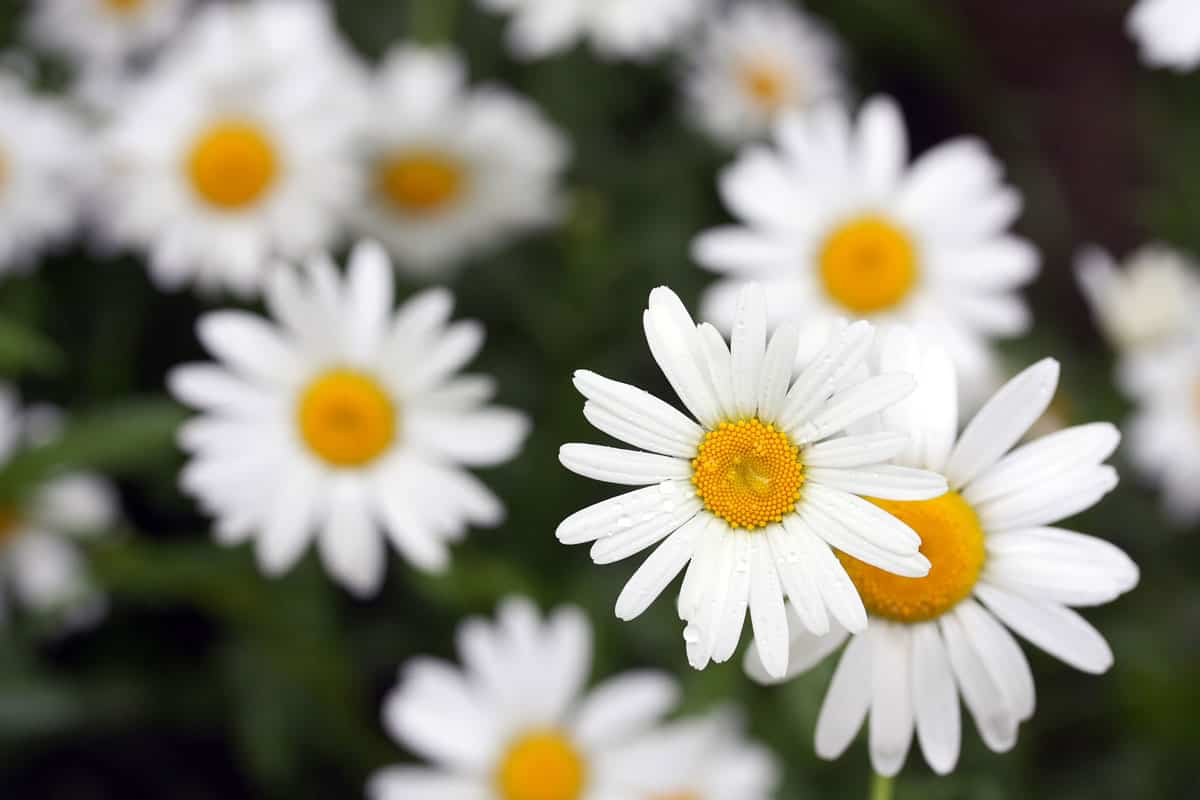
Shasta Daisy can tolerate temperatures as low as 5 °F (-15 °C) and prefers full sun and well-drained soil.
Hellebore (Helleborus spp.)
Hellebores, also known as Lenten Roses, are evergreen perennials that bloom in late winter or early spring, bringing color and life to Zone 7b gardens when little else is in bloom.

They come in shades of white, pink, purple, and green. Hellebores can tolerate temperatures as low as 5 °F (-15 °C) and prefer partial shade and moist, well-drained soil.
Verbena (Verbena spp.)
Verbena is a low-growing, spreading perennial that offers vibrant flowers in shades of purple, pink, red, and white. It attracts butterflies and bees, making it a valuable addition to pollinator gardens.
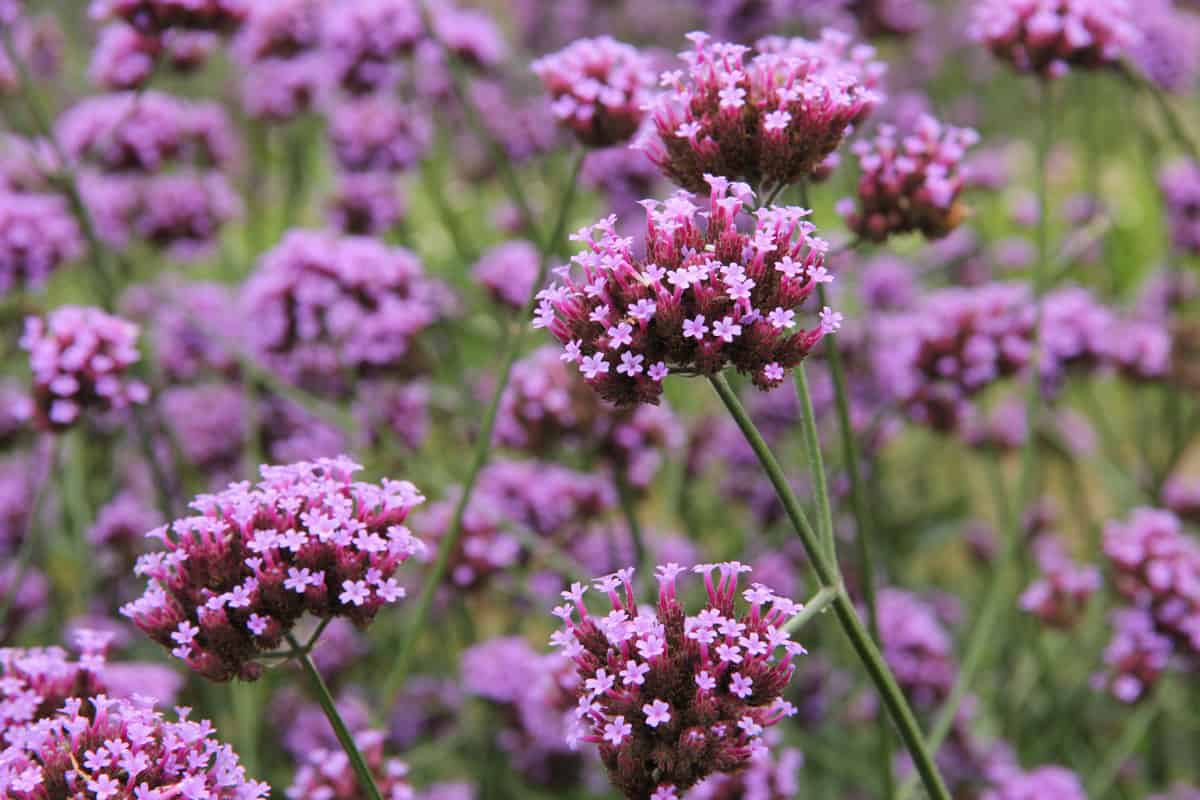
Verbena can tolerate temperatures as low as 5 °F (-15 °C) and prefers full sun and well-drained soil.
Lamb's Ear (Stachys byzantina)
Lamb's Ear is a unique perennial known for its soft, fuzzy, silver-gray leaves that resemble the ears of a lamb. It adds a tactile element to the garden and pairs well with other plants.

Lamb's Ear can tolerate temperatures as low as 5 °F (-15 °C) and prefers full sun to partial shade and well-drained soil.
Sedum (Sedum spp.)
Sedums, or stonecrops, are succulent perennials that thrive in Zone 7b's dry and sunny conditions. They come in various colors, including green, red, and purple, and add interesting textures to rock gardens, borders, and containers.
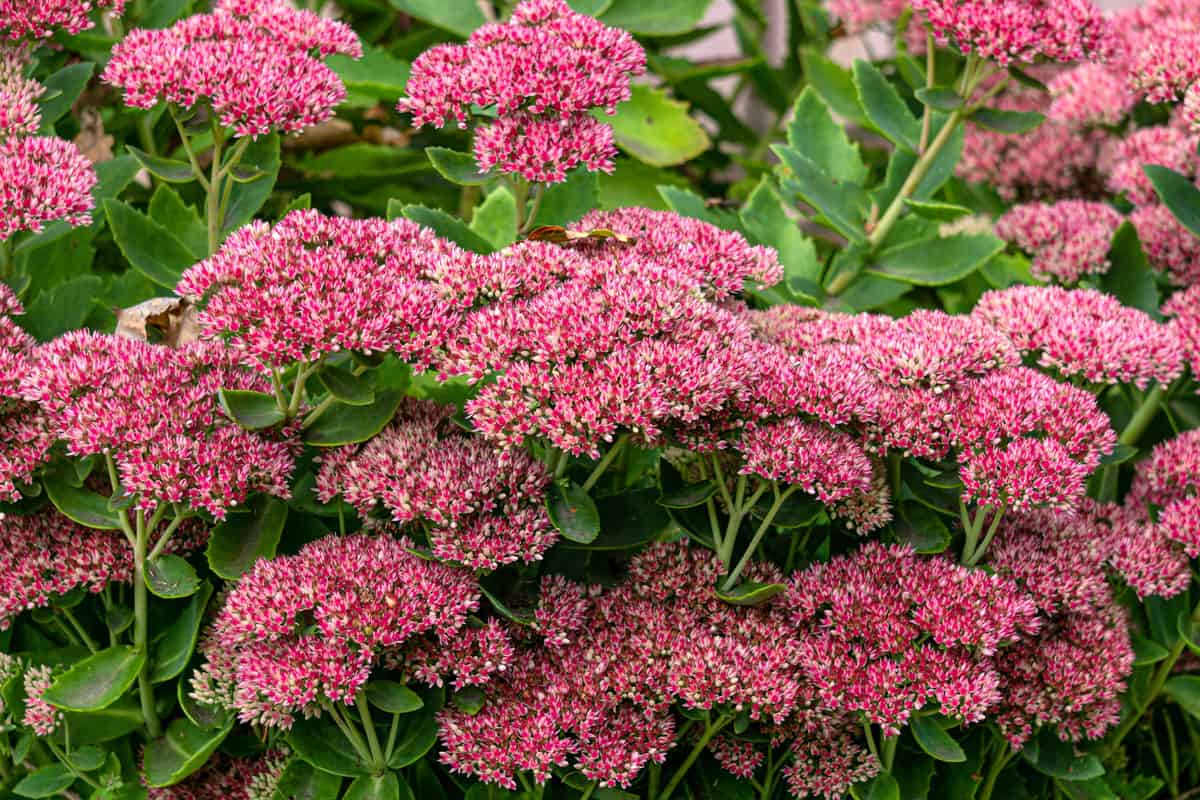
Sedums can tolerate temperatures as low as 5 °F (-15 °C) and prefer well-drained soil and full sun.
Peony (Paeonia spp.)
Peonies are beloved for their large, showy flowers and enchanting fragrance. These perennial beauties come in various colors, including pink, white, and red, and add elegance to Zone 7b gardens.
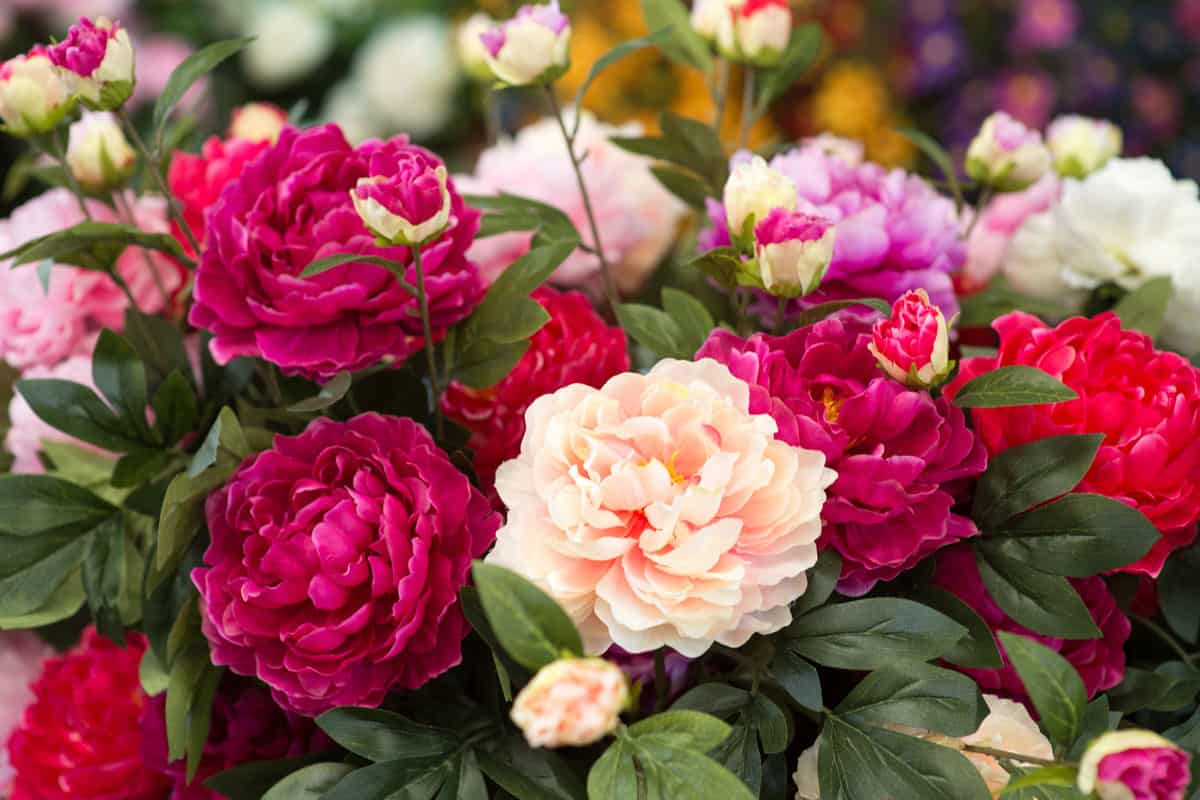
Peonies can tolerate temperatures as low as 5 °F (-15 °C) and prefer well-drained soil and full sun.
Russian Olive (Elaeagnus angustifolia)
Russian Olive is a versatile and hardy tree that can thrive in Zone 7b's climate. It features silvery-gray leaves and produces small yellow flowers followed by silver berries.
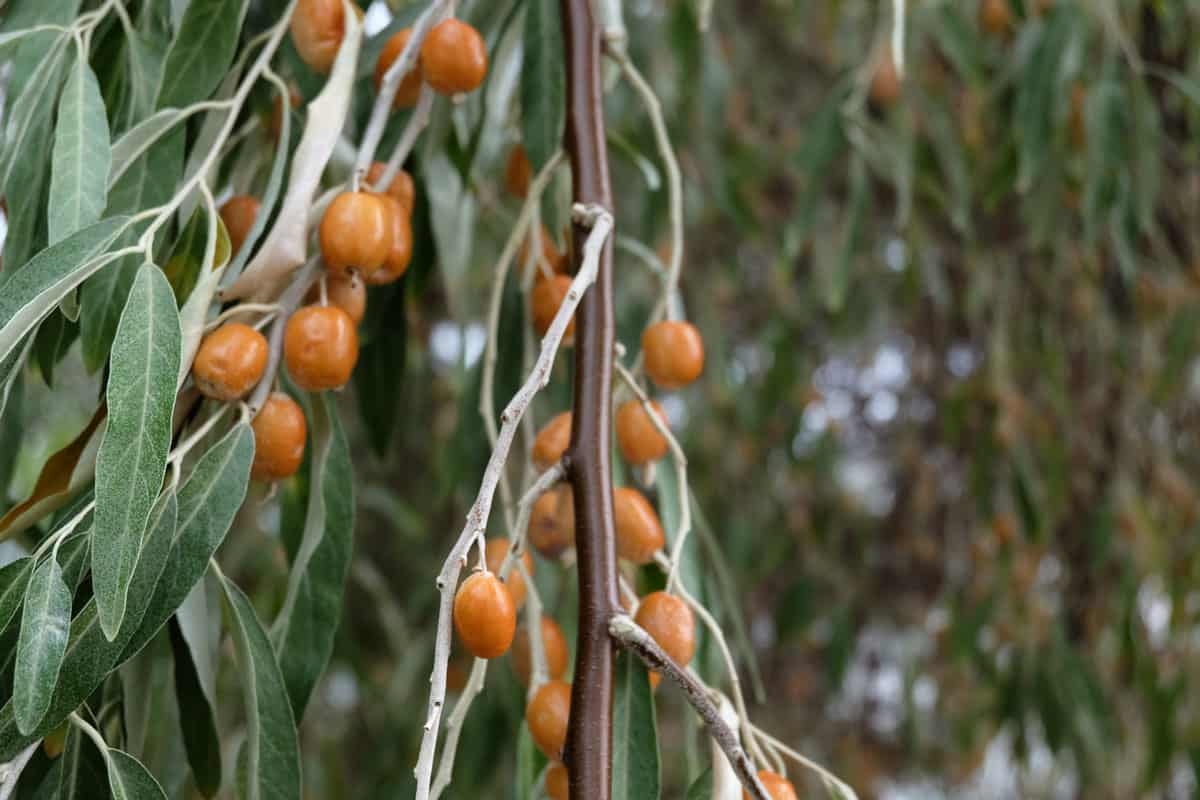
Russian Olive can tolerate temperatures as low as 5 °F (-15 °C) and is well-adapted to various soil conditions.
Explore these extra articles for your enjoyment:
How Fast Do Butterfly Bushes Grow?
How Do You Water A Balcony Plant? [A Step-By-Step Guide]
Soggy Soil Vs Moist Soil: What’s The Difference?
A Vibrant and Flourishing Garden
Zone 7b offers a favorable and moderate climate for gardening, with mild winters and warm summers. By selecting the right plants, you can create a thriving and visually appealing garden that embraces the beauty of this zone.
From the enchanting Roses and Lavender to the graceful Russian Sage and Hellebore, these plants add color, fragrance, and texture to your landscape.
When choosing plants for your Zone 7b garden, consider their specific requirements, including sunlight, soil conditions, and water needs.
By providing the ideal growing conditions, you can ensure the success of these plants and enjoy a vibrant and flourishing garden throughout the seasons.
Embrace the diversity and versatility of Zone 7b, and enjoy the rewards of gardening in this delightful climate.
